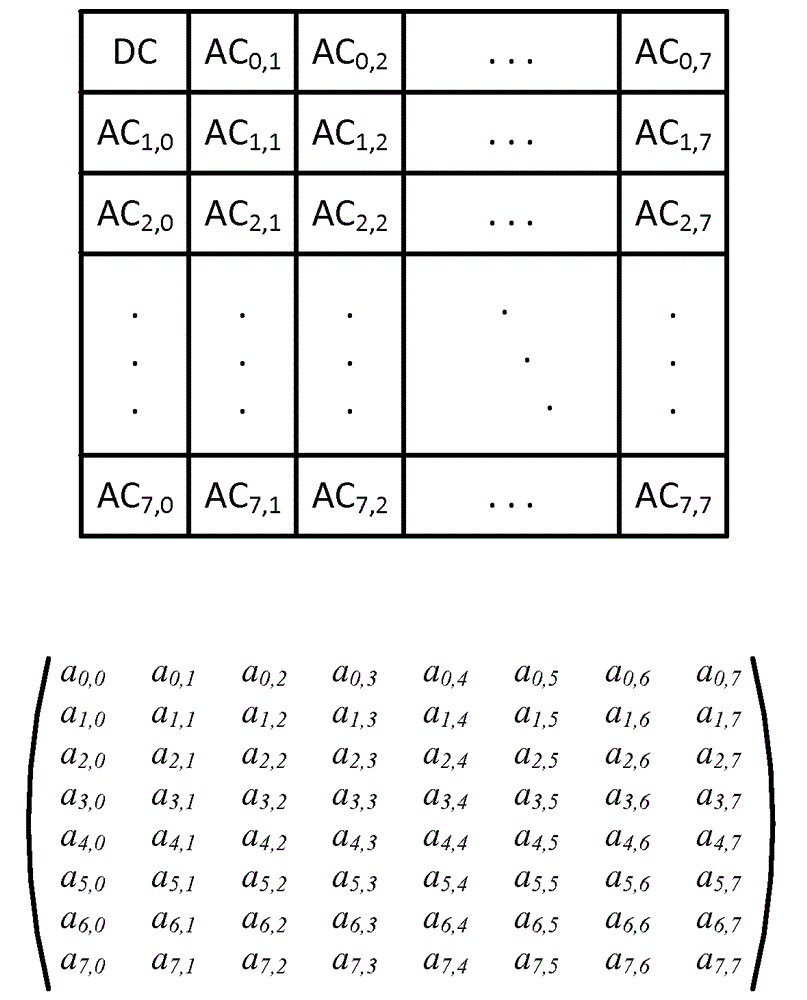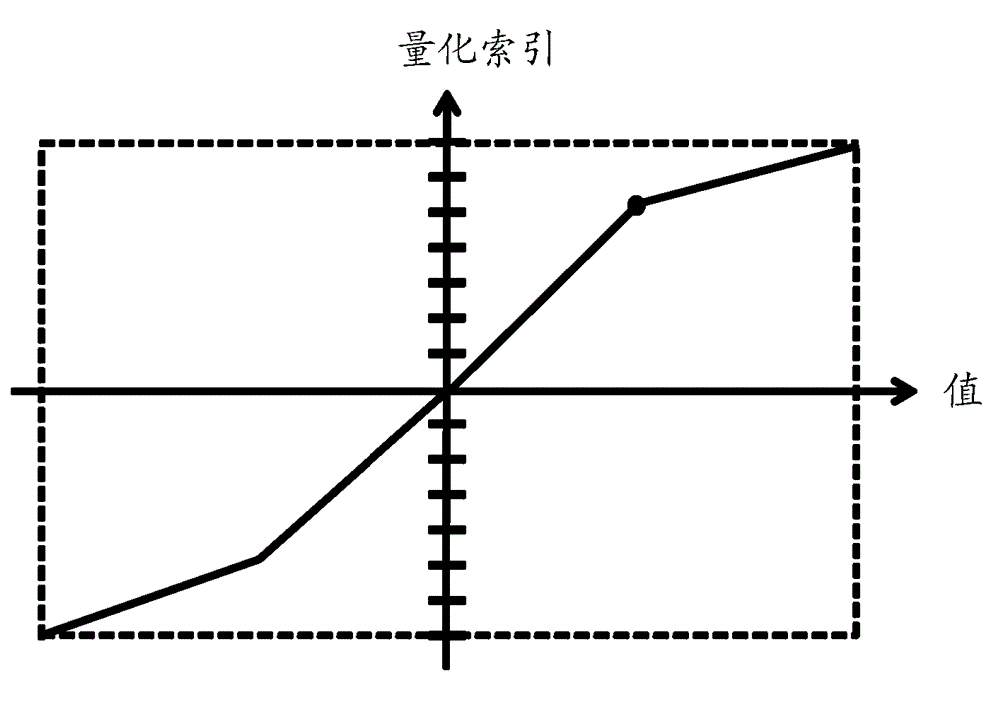Color adaptation in video coding
A coding and component technology, applied in digital video signal modification, image communication, electrical components, etc.
- Summary
- Abstract
- Description
- Claims
- Application Information
AI Technical Summary
Problems solved by technology
Method used
Image
Examples
Embodiment Construction
[0029] Color depth refers to the number of bits used to represent a color. A color space refers to the channels used to represent a color (for example, consisting of a red channel (R), a green channel (G), and a blue channel (B) in an RGB color space; or a luminance channel (Y) and A system of two chroma channels (U, V)). A given color can be represented by a set of values in the color space, one value for each of the channels. Each value may be, for example, a sample input from a camera, or a quantized, transformed or coded sample derived from an input from a camera.
[0030] There may also be different formats for expressing colors in a particular type of color space. For example on the YUV 4:4:4 format, for each set of four luma samples Y there is a corresponding set of four chroma samples U and another corresponding set of four chroma samples V. On the other hand in the YUV 4:2:0 format, for each group of four luma samples Y there is a corresponding group of two chrom...
PUM
 Login to View More
Login to View More Abstract
Description
Claims
Application Information
 Login to View More
Login to View More - R&D
- Intellectual Property
- Life Sciences
- Materials
- Tech Scout
- Unparalleled Data Quality
- Higher Quality Content
- 60% Fewer Hallucinations
Browse by: Latest US Patents, China's latest patents, Technical Efficacy Thesaurus, Application Domain, Technology Topic, Popular Technical Reports.
© 2025 PatSnap. All rights reserved.Legal|Privacy policy|Modern Slavery Act Transparency Statement|Sitemap|About US| Contact US: help@patsnap.com



